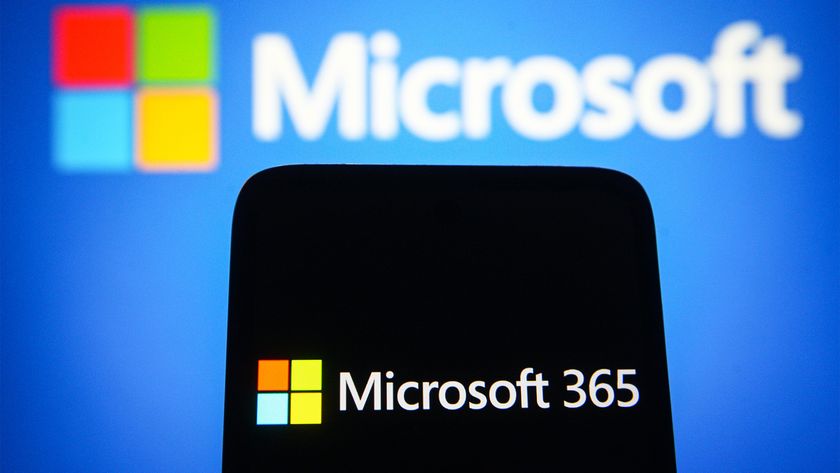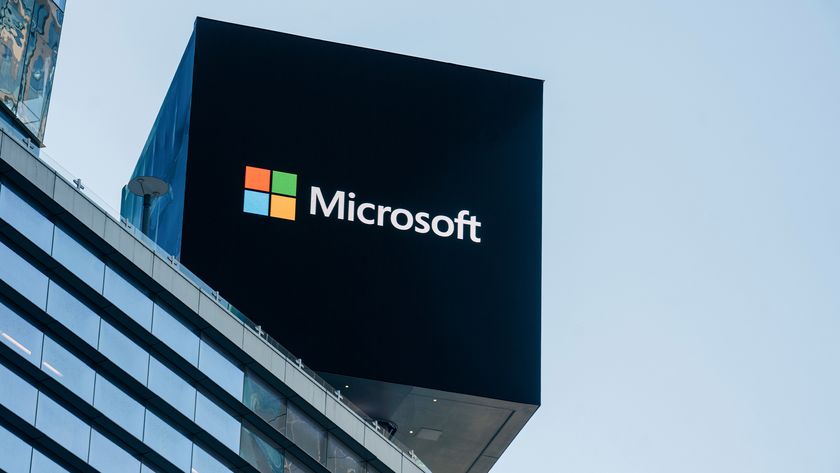Cloud investment sees device convergence become a priority
With a focus on collaboration across any device, we look at some firms growing their sync & share businesses

The enterprise cloud is evolving and growing like never before. With money being pumped into both cloud start-ups and companies previously considered consumer-only, what can be expected of enterprise cloud in the future?
Well, the file sync and share market provides a useful snapshot of how software vendors are building their cloud-based platforms with a mobile, collaborative workforce in mind.
Wayne Cook, vice president of partner and alliances, EMEA at Box says the company realised a shift in the market after consulting with CIOs on how to evolve its platform. “Companies are asking, how do I put all work content on mobile devices and then share that with other people?” he says.
“We’ve been leaning towards how technology allows them to do business differently by collaborating and putting workflows into Box. Suppliers can see the content and the customers that haven’t been able to share before are now able to. We’re driving productivity through workflow and metadata so everyone can see what’s in the document and see the content around documents.”
To extend its reach in the market, Box has paid attention to the influence of the channel and it is using its partners to leverage its position. It previously set itself a challenge to get a quarter of its business from the channel within 18 months and although pre-IPO Box couldn’t comment on its progress, Cook says it’s very close to achieving that figure after doubling its network across Europe in the last year.
Meanwhile, Steve McChesney, Druva’s vice president of business development agrees that mobile and the convergence of devices has had an impact on its strategy too, and will continue to be a driver for its product development.
Druva’s flagship inSync platform combines backup, file sharing, DLP, and eDiscovery, giving customers a single line of sight into their endpoint data. Druva developed the solution allowing both enterprise-owned devices, as well as employee-owned devices to use the service.
Channel Pro Newsletter
Stay up to date with the latest Channel industry news and analysis with our twice-weekly newsletter
“With the proliferation of data on laptops and smart devices, and the fact that most employees have multiple devices, enterprises are struggling to manage their endpoint data. inSync gives IT the ability to manage and have visibility into the entirety of that data, all through a single console,” explains McChesney.
Druva had been a direct sales company before the January launch of its partner programme. Now however, it too is looking to the channel to bring its cloud solutions to customers.
“We recognise that in order for us to have a presence in the enterprise we need to have an ecosystem,” McChesney recently told Channel Pro.
Elsewhere, Dropbox is most likely to garner the most recognition among consumers and SMBs. Used in more than four million businesses, the firm says one of the biggest challenges businesses face today is finding a solution that satisfies both IT needs and end-user preferences.
“In many cases, IT introduces a solution that fulfills their requirements and mandates that for employees – but without full adoption, employees eventually start bringing their preferred solution to the workplace,” explains Adam Nelson, head of Dropbox channel sales and partnerships.
In a clear attempt to pick up market share in the enterprise, Nelson says its Dropbox for Business offering enables a business to provide the same user-friendly tool employees know and trust, combined with the administrative controls necessary for CIOs and IT administrators.
In April, Dropbox introduced the ability to have both a personal and work Dropbox on the same device. This means each account can have separate passwords, settings, controls, and identities — giving users control over their personal Dropbox, and IT control over the work in Dropbox.
Other new features allow IT departments to increase their management and control over the Dropbox for Business account. For example, they can now remotely wipe a device of its business Dropbox content and Dropbox for Business also now offers admins a robust sharing audit log so they can easily look into what's shared with whom, and when.
Not only are cloud vendors becoming more savvy to ensuring their solutions fit in better with the evolving enterprise space, meaning employees can access what they need when and collaborate with customers, it’s interesting to note how the channel has played a big part in that.
Whether resellers have enabled vendors to reach new markets, or have provided valuable insight into what customers want, it’s clear cloud vendors are paying attention, expanding their reach and fostering that growth.

Clare is the founder of Blue Cactus Digital, a digital marketing company that helps ethical and sustainability-focused businesses grow their customer base.
Prior to becoming a marketer, Clare was a journalist, working at a range of mobile device-focused outlets including Know Your Mobile before moving into freelance life.
As a freelance writer, she drew on her expertise in mobility to write features and guides for ITPro, as well as regularly writing news stories on a wide range of topics.



















